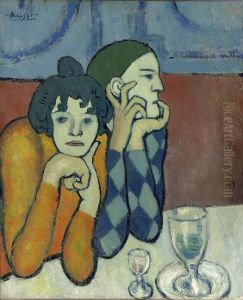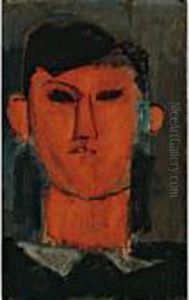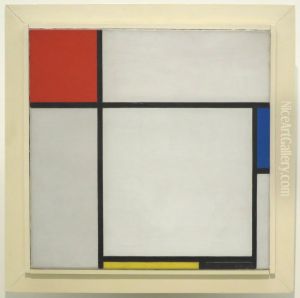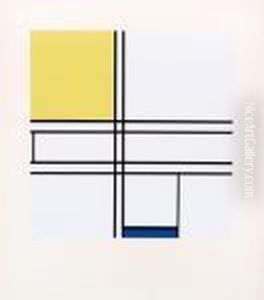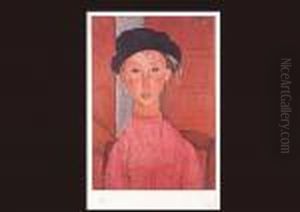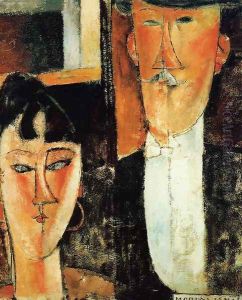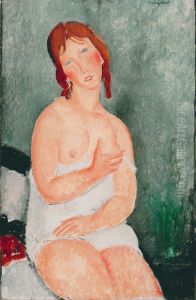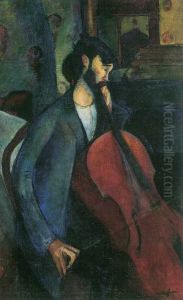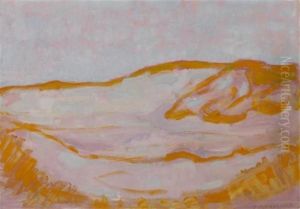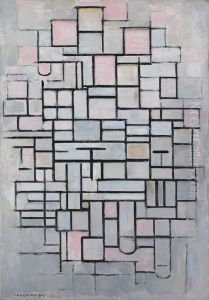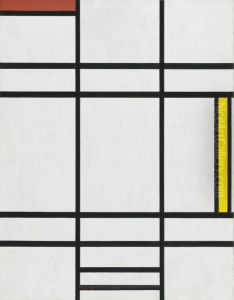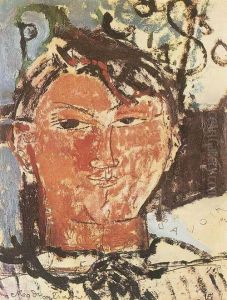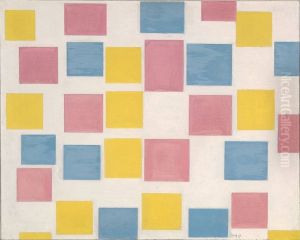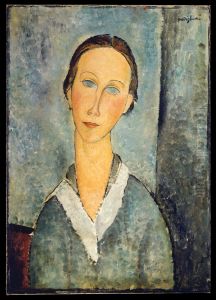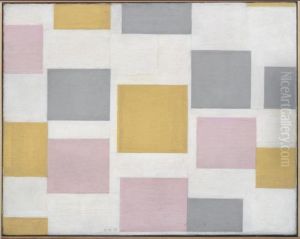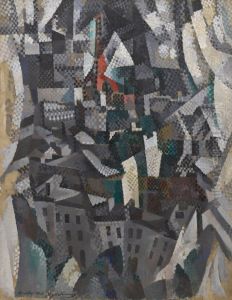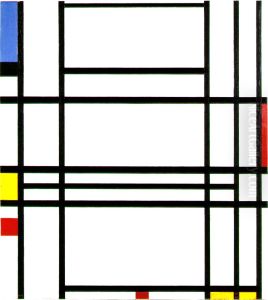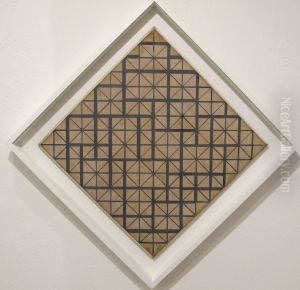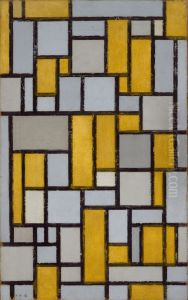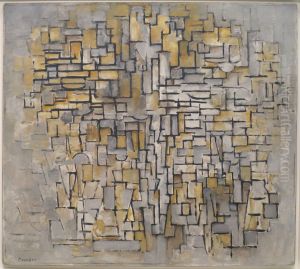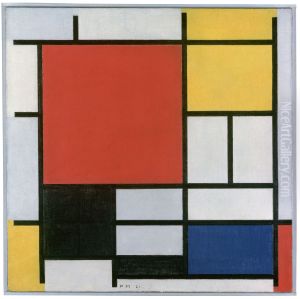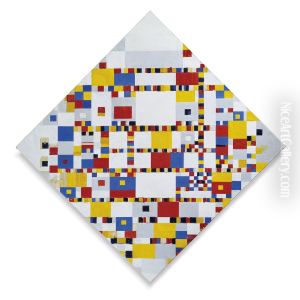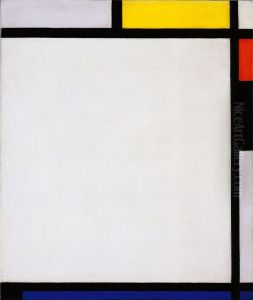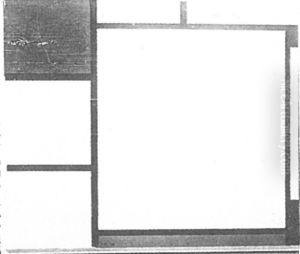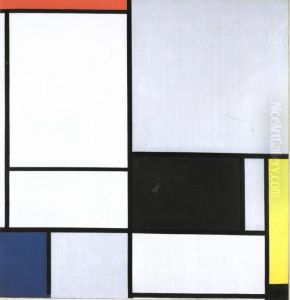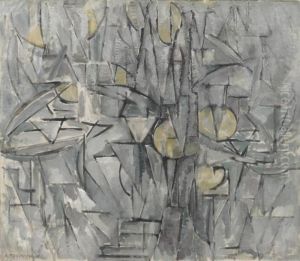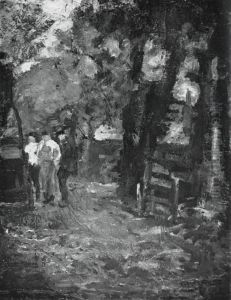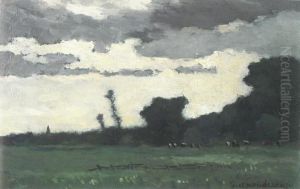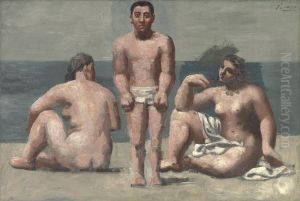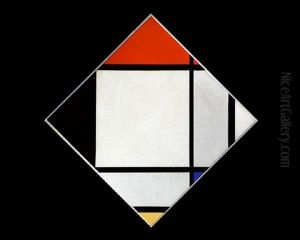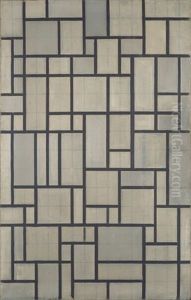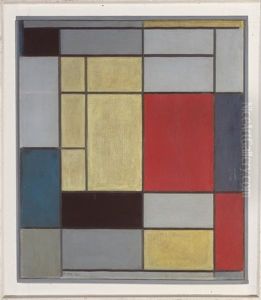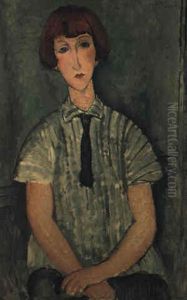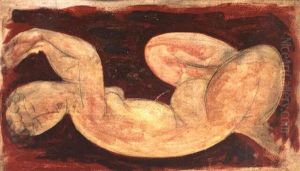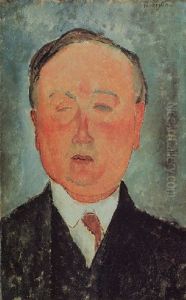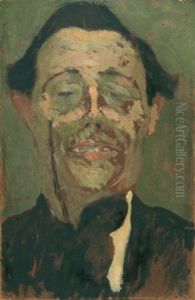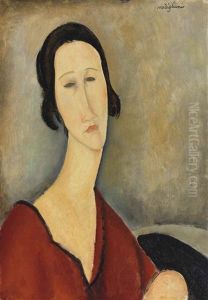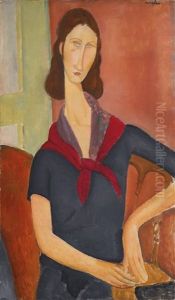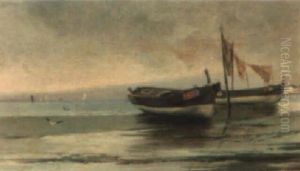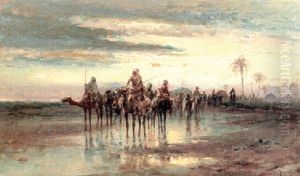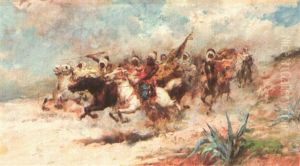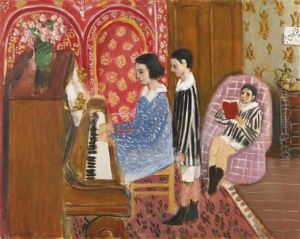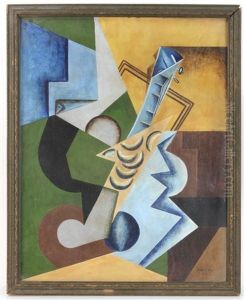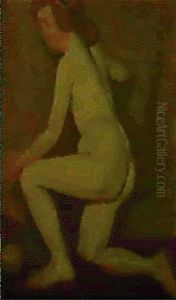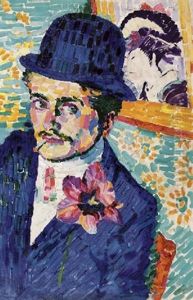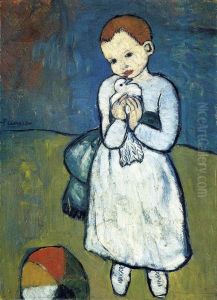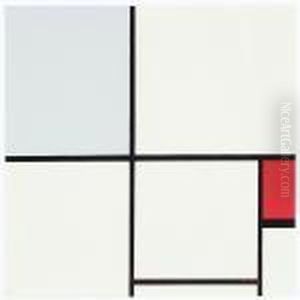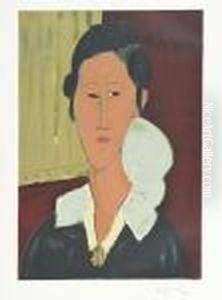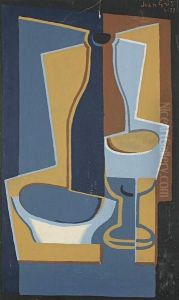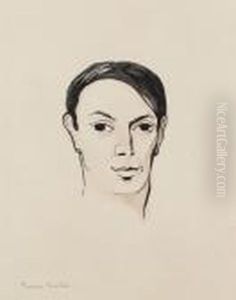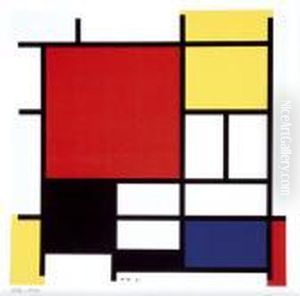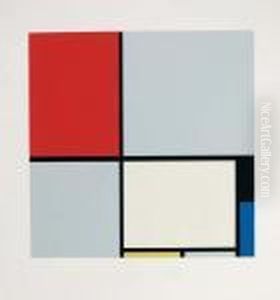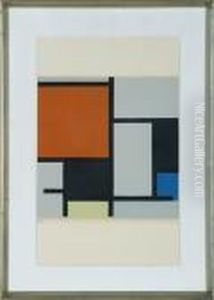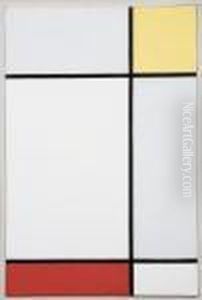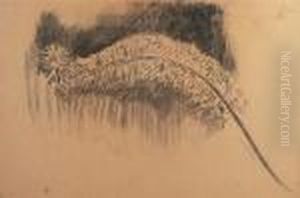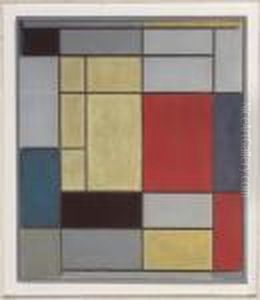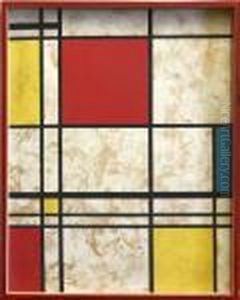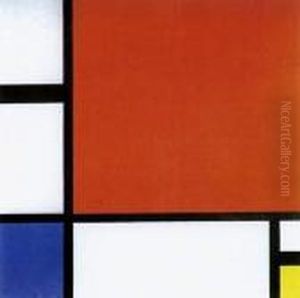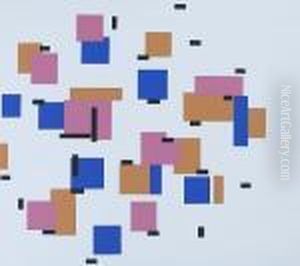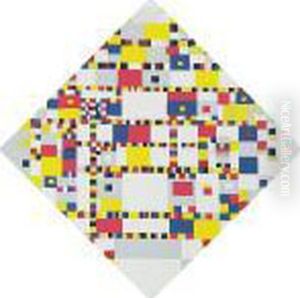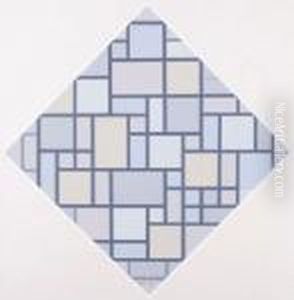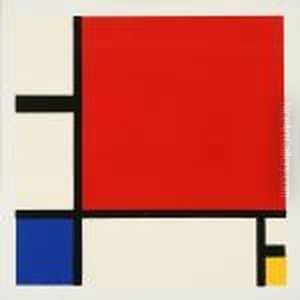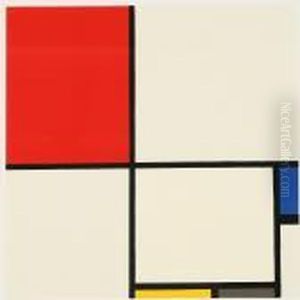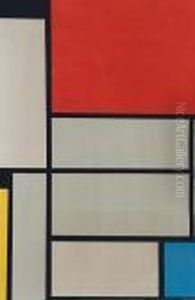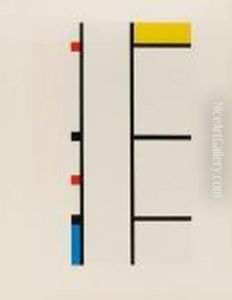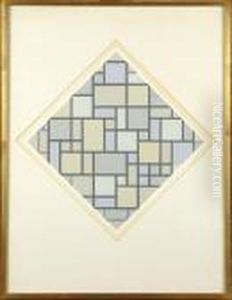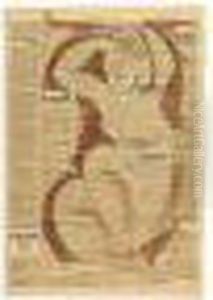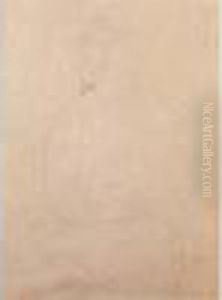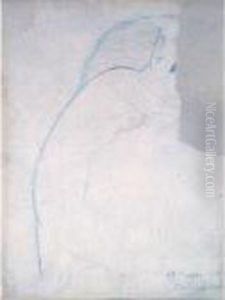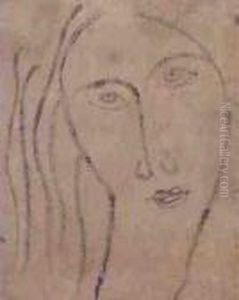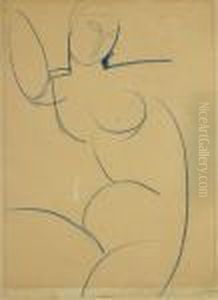Cubism Paintings
Cubism Art Reproductions: Bring a Masterpiece Home
Discover the revolutionary world of Cubism, one of the most influential art movements of the early 20th century. Pioneered by legendary artists Pablo Picasso and Georges Braque, this avant-garde style broke all the rules of traditional art. Instead of depicting subjects from a single, fixed viewpoint, Cubist painters analyzed objects, broke them up, and reassembled them in an abstracted form. This technique allowed them to show the subject from multiple perspectives simultaneously, using geometric shapes to create a powerful, fragmented vision. Our collection of oil painting reproductions lets you own a piece of this groundbreaking history, all meticulously hand-painted to honor the spirit of cubism.
The movement is often divided into two phases: Analytic Cubism and Synthetic Cubism. Analytic Cubism, the earlier stage, featured a muted, monochromatic color palette and a complex analysis of form, as seen in famous works like Braque's "Violin and Palette." Later, Synthetic Cubism introduced brighter colors, simpler shapes, and even collage elements. Masterpieces like Picasso's "The Weeping Woman" and the works of Juan Gris exemplify the emotional and visual power of cubism. This radical departure from realism didn't just create a new look; it changed how we think about art, paving the way for modern abstract art.
Now, you can bring the intellectual energy and bold aesthetic of this movement into your own space. A Cubist painting is more than just decoration; it's a statement piece and a timeless conversation starter. Our collection features museum-quality, hand-painted oil reproductions of the most iconic Cubist works. Each canvas is faithfully recreated by a skilled artist who understands the unique perspective, texture, and form that defines this style. We are dedicated to capturing the essence of the original masterpieces, allowing you to appreciate their genius in your home or office.
Explore our curated selection of cubism art for sale. Whether you are drawn to the complex compositions of Picasso or the structured elegance of Braque, you will find the perfect piece to elevate your decor. Owning a high-quality replica is the ultimate way to celebrate the innovation and enduring legacy of these modern masters. Browse our gallery today and find the painting that speaks to you.
